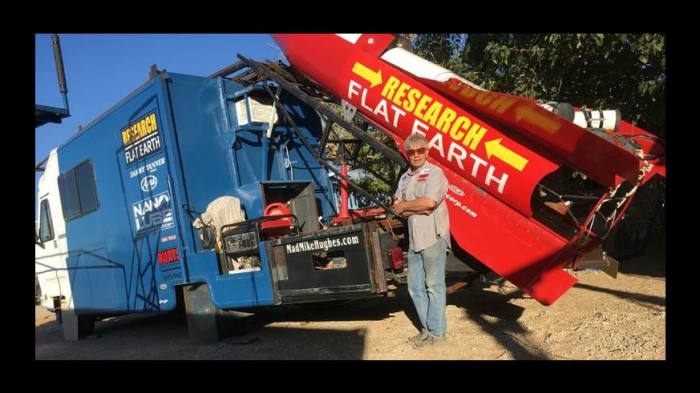We don’t want to alarm you but robots are now one step closer to resembling humans. The breakthrough came after scientists at Harvard’s Wyss Institute developed a soft actuator modeled on the human bicep muscle, paving the way for the invention of soft-bodied assistive robots, which could serve food, help the elderly and disabled, as well as deliver goods. The experts believe that the robotic bicep, developed using vacuum-actuated muscle-inspired pneumatic structures (VAMPs), is more dynamic and safer than its rigid counterparts. Project leader George Whitesides explains more about the robots that have a softer side. How did you come up with the idea to create robotic muscles?
Humans, other mammals or creatures move using muscle. But so far, there has been no mechanical system, such as electric motors, hydraulic pistons, etc., which replicates that function. So, mimicking nature was our motivation. We wanted to create systems that are compatible with humans: soft, non-damaging on impact — similar to “hands” in some of their capabilities. RELATED: Robots will steal your jobs in the future How do they work?
They work by causing changes in shape on inflation or deflation of “rubbery” structures. They have design functionality that enables gripping and other functions.
There are several types of robotic muscles already created but why is yours better?
Other types of “muscles” are used for different things. Ours are very good for picking up irregularly-shaped objects, and working safely with people.
RELATED:Tech moguls declare era of artificial intelligence What are the possible applications of robotic muscles?
The possibilities include handling food, packages, rehabilitation and other applications in medicine and nursing — or even search and rescue.
Could they also be beneficial to disabled and elderly people?
Absolutely! That is one of the hopes.
RELATED:Medical robotics: The future of treatment What impact could your invention possibly have?
They bring “adaptive gripping” to reality; they are practical to industrialize and they can work cooperatively and safely with humans or animals.
What’s next?
We will be developing new kinds of polymer-based systems that mimic various functions and motions of animals, including both simple ones — worms, starfish; and complicated ones—squids, animals and insects. —Dmitry Belyaev


















